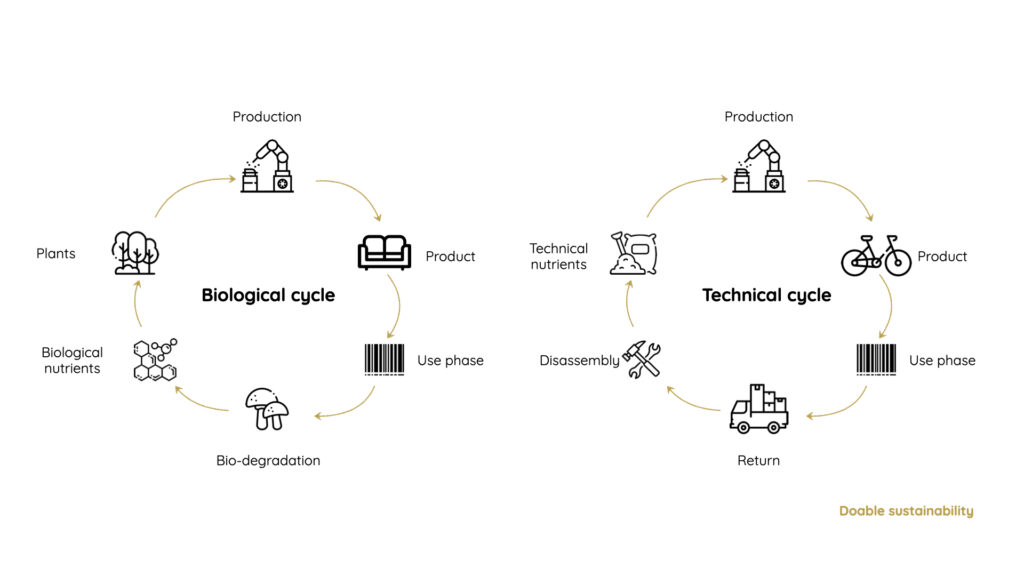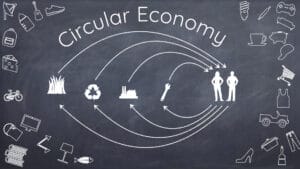Studying on circular economy, again and again this concept “Cradle to Cradle” came out as an application, as a theory, as an example.
What is Cradle to Cradle?
Cradle to Cradle® (C2C) is a new perspective of continuous improvement of designs and processes using natural systems as model (biomimicry). Developed by American architect William McDonough and German chemist Michael Braungart, C2C is now also a certification brand.
Under this concept, a whole series of assumptions are integrated that can be applied to any system. Therefore, Cradle to Cradle means giving a twist to the famous 3R (Reduce-Reuse-Recycle). Instead of mitigating or reducing the impact generated by a process, C2C aims to leave a positive impact on both society and the environment.
How to do it?
Through the application of 3 principles imitating, in some way, nature:
- Waste equals food, all materials should be seen as nutrients for other product lifecycles either in a biological metabolism or technical metabolism.
- To use renewable energy as an energy system and their use should be maximized.
- To improve a system’s resilience, diversity is necessary
All this always under a framework of social justice.

Source: Own elaboration – Doable sustainability
Why Cradle to Cradle?
It has been observed that the application of the 3Rs does not solve the environmental problems derived from production, just only mitigates its impacts.
We all agree that Reducing is useful to generate less waste and lower costs in raw materials. Reuse follows the same philosophy. Recycling allows the waste to be transformed into another product.
However, for Braungart, “Recycling is a brake on innovation”. The professor considers that recycling is a downcycling where, while produced products aim for the same functionality, their quality worsens.
By applying the C2C concept, some companies, such as the Swiss company Rohner Textil, have seen that in addition to structural changes, bureaucratic procedures have been reduced. This has led to savings in production costs.
“Not only did our new design process bypass the traditional responses to environmental problems (reduce, reuse, recycle), it also eliminated the need for regulation, something that any businessperson will appreciate as extremely valuable.” says McDonough
Whether one agrees with this premise or not, it is true that companies that have applied this concept in their philosophy present themselves to society as cleaner, more ethical and more responsible companies like the environment.
References & Resources
- EPEA GmbH Website
- Cradle to Cradle™ product Standart Version 3.1
- Department of Environmental Technology, Technische Universität Berlin (7th March 2018) “Characterization of the Cradle to Cradle Certified™ Products Program in the Context of Eco-labels and Environmental Declarations”
- University of Twente, Elsiever (21 Mayo 2015) “Cradle to Cradle: Effective Vision vs. Efficient Practice?”
- Hamburg University of Technology (Febrero 2014), ” The Cradle to Cradle (C2C) paradigm in the context of innovation management and riving forces for implementation”
- Wipo Magazine (March 2009), Green Design – From Cradle to Cradle
- Freepik -Eucalyp – Pikisuperstar



